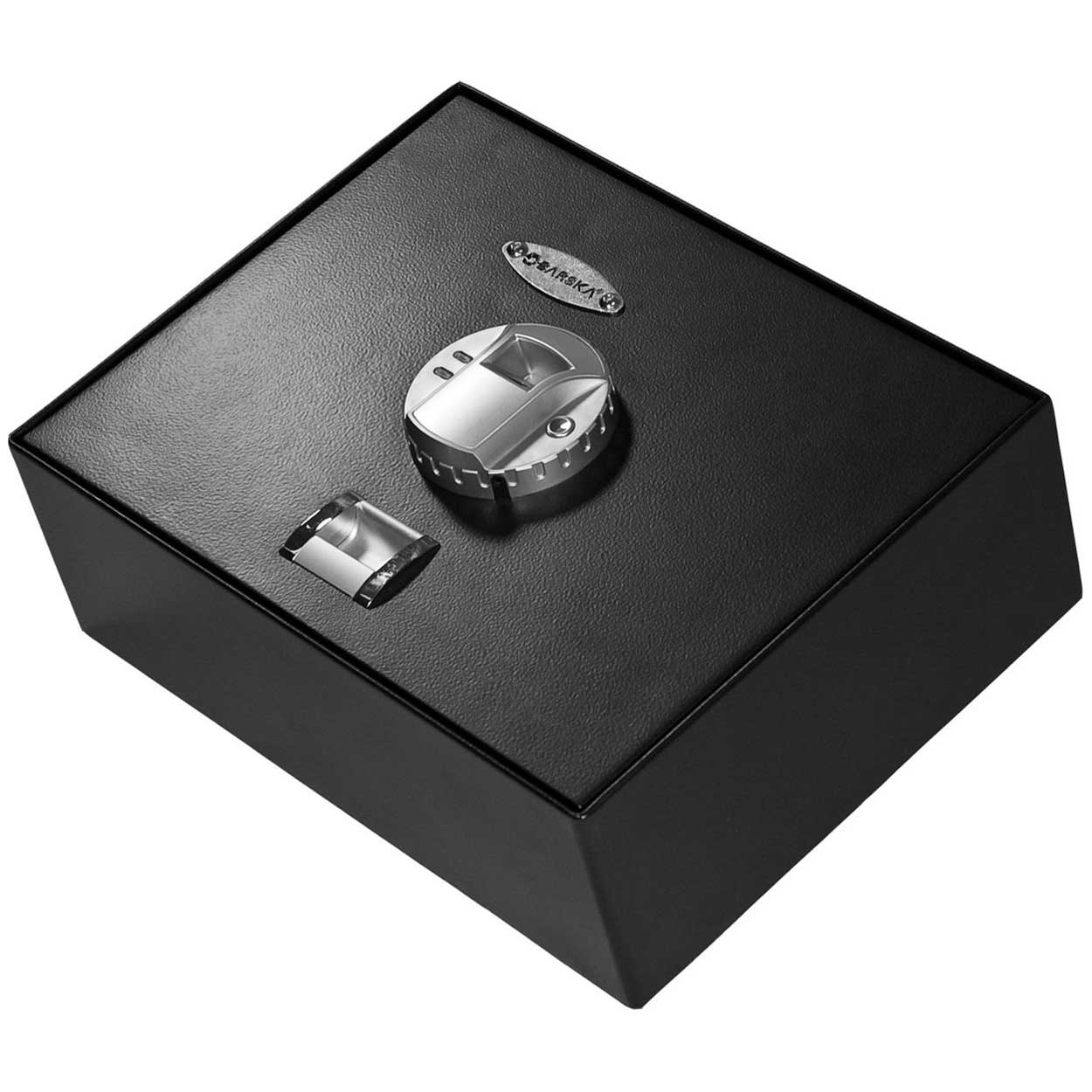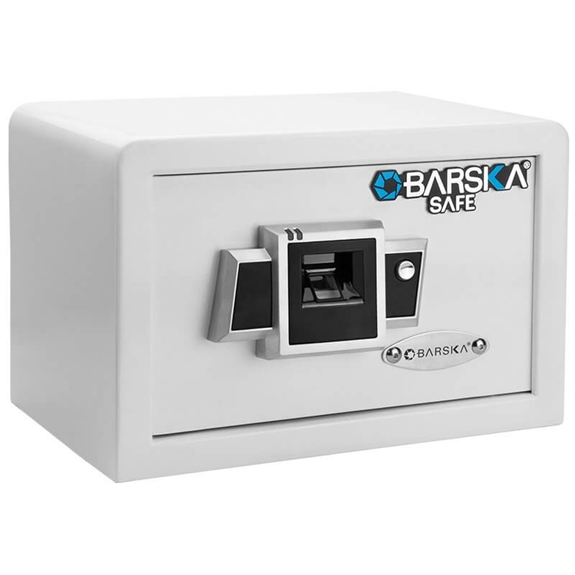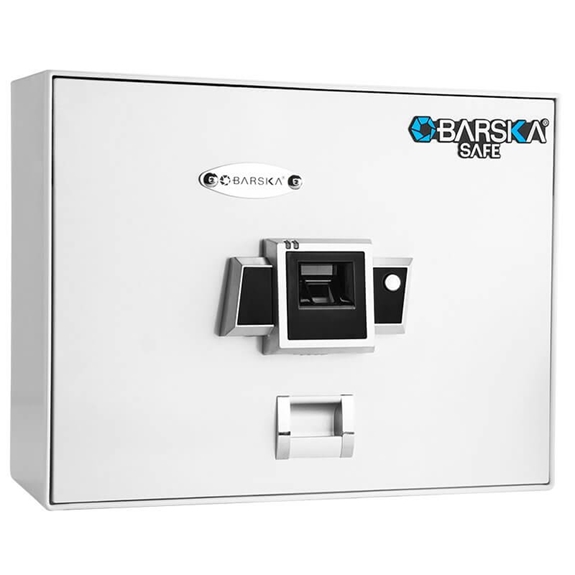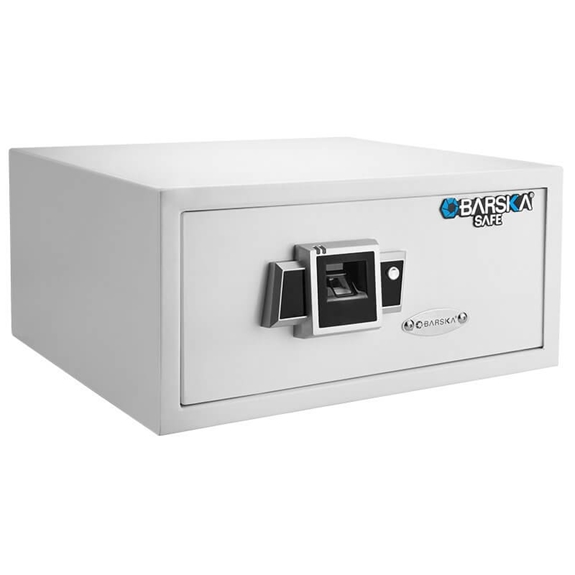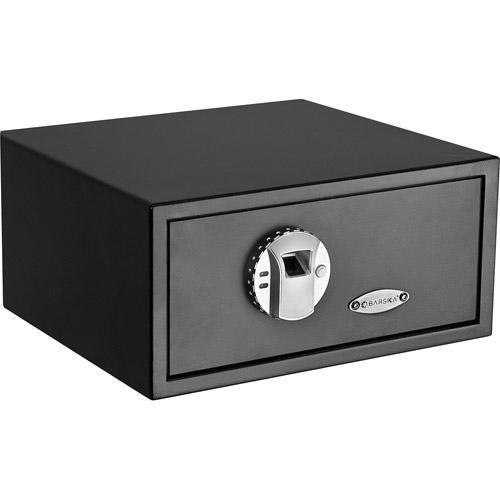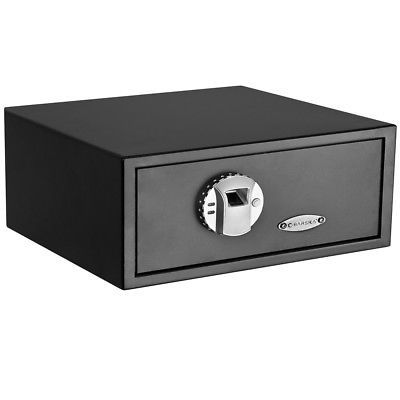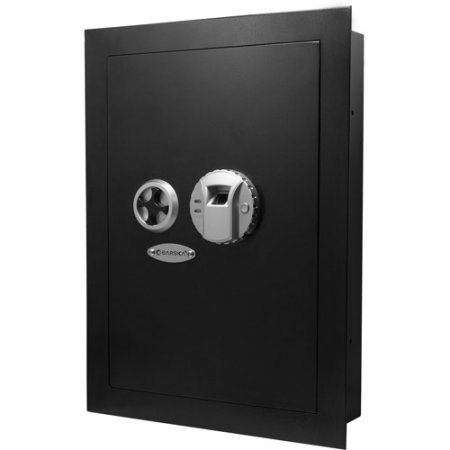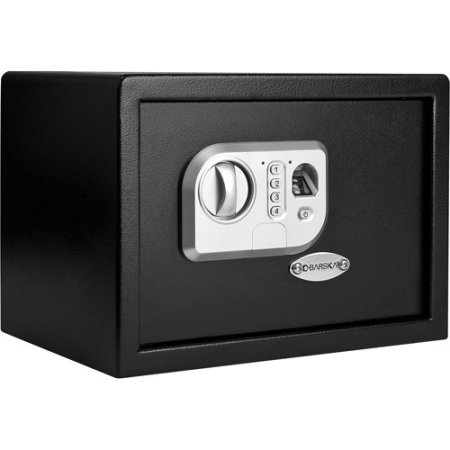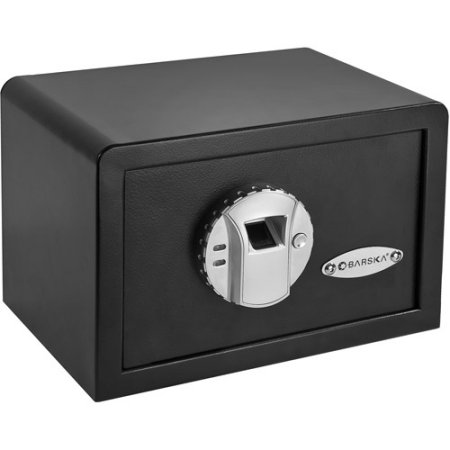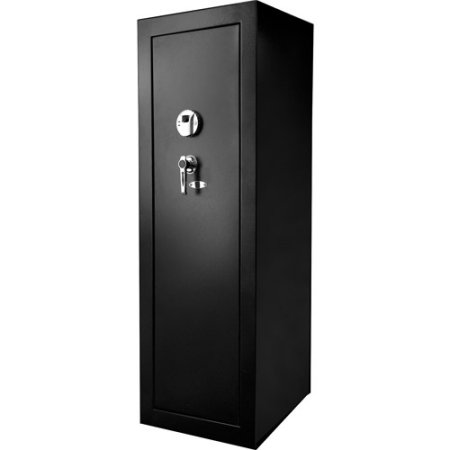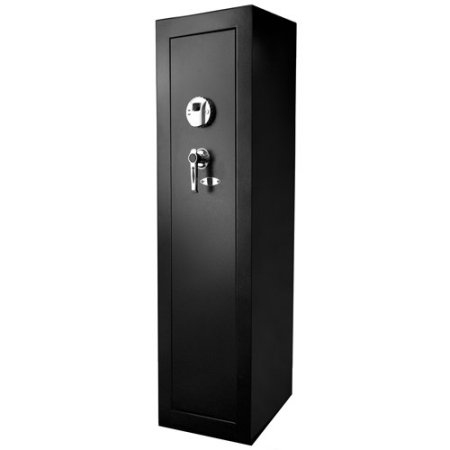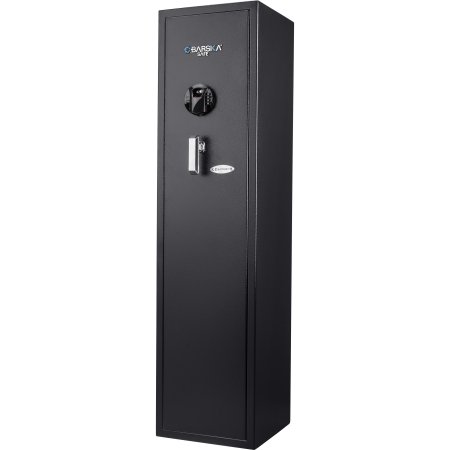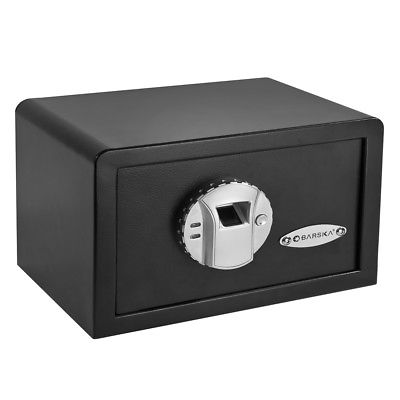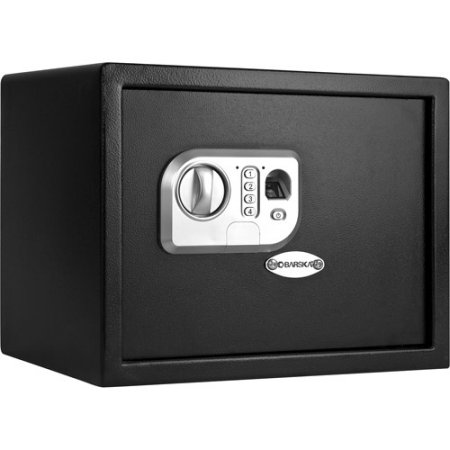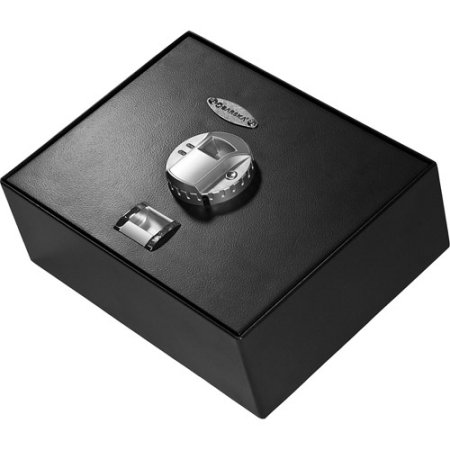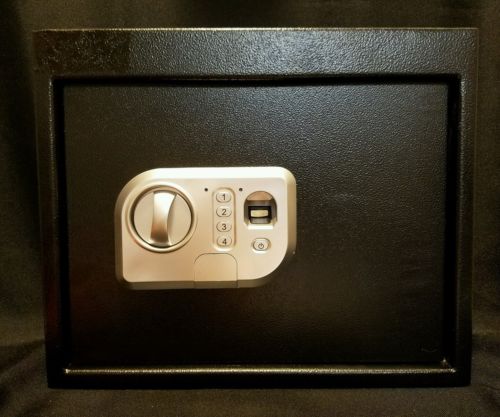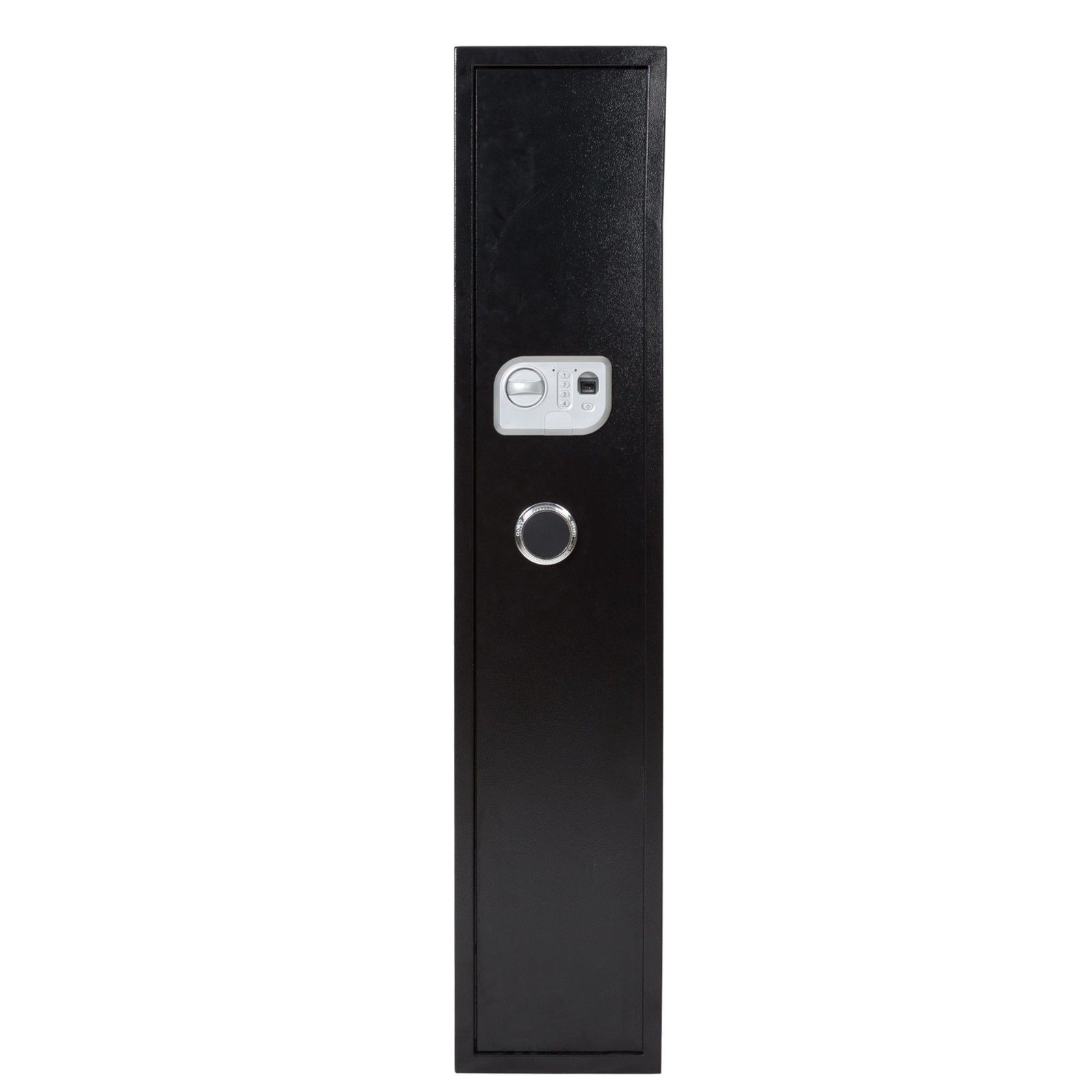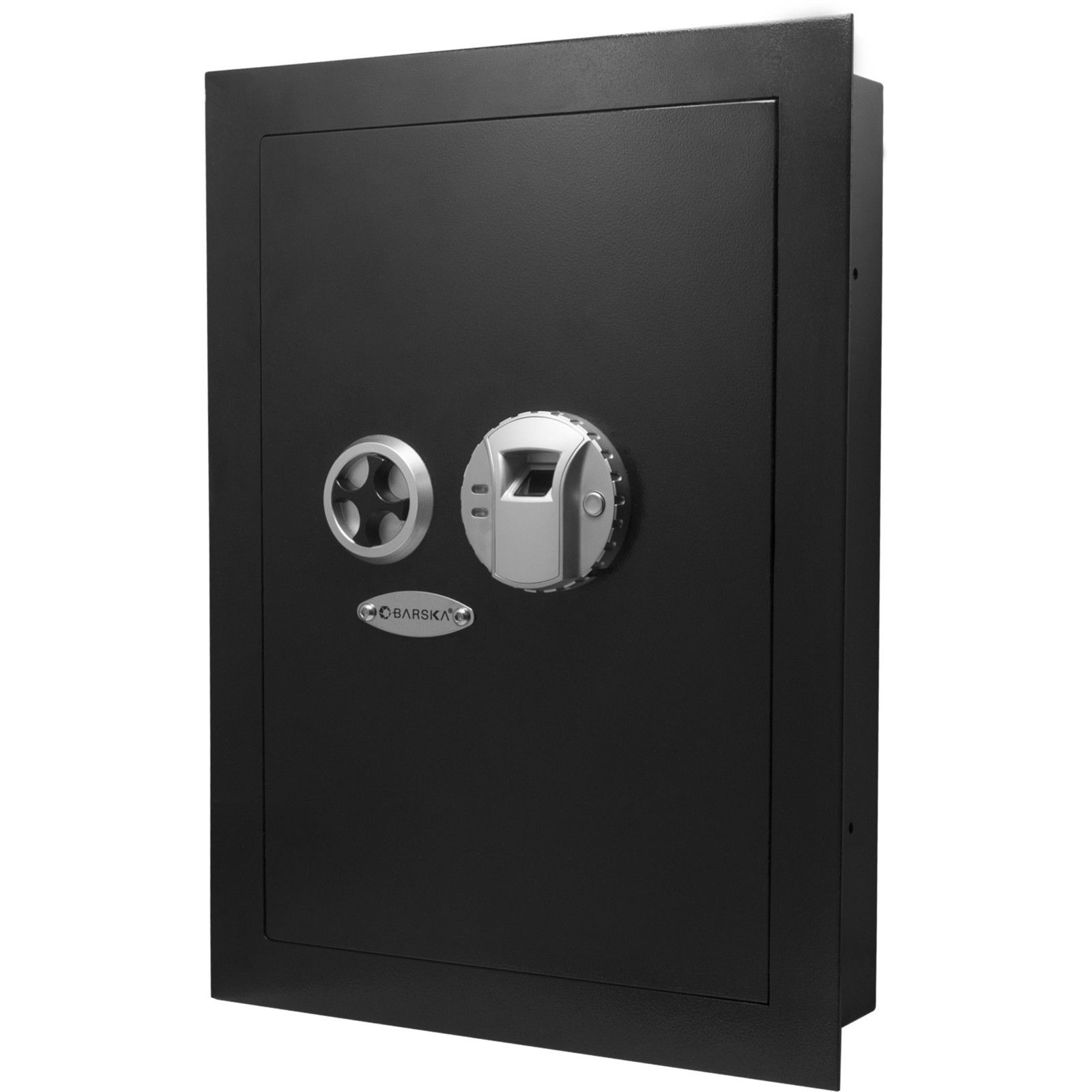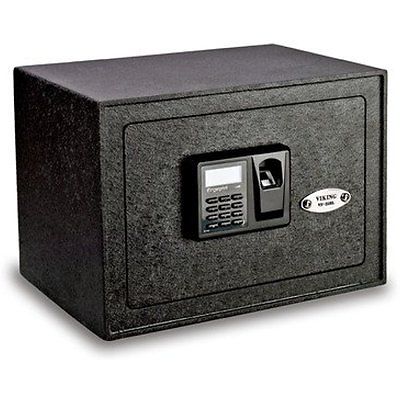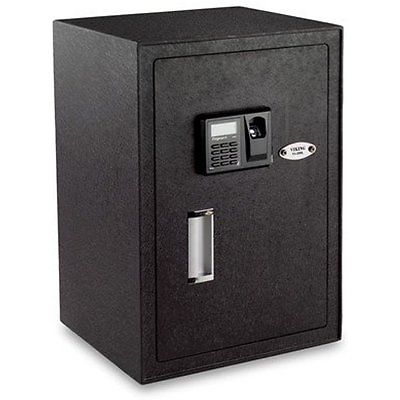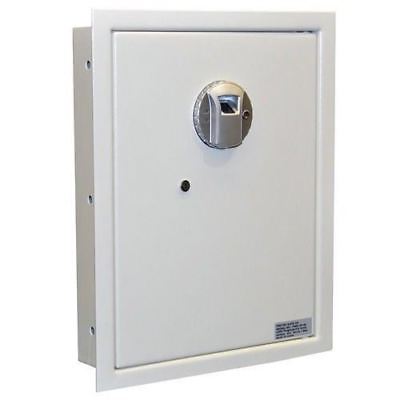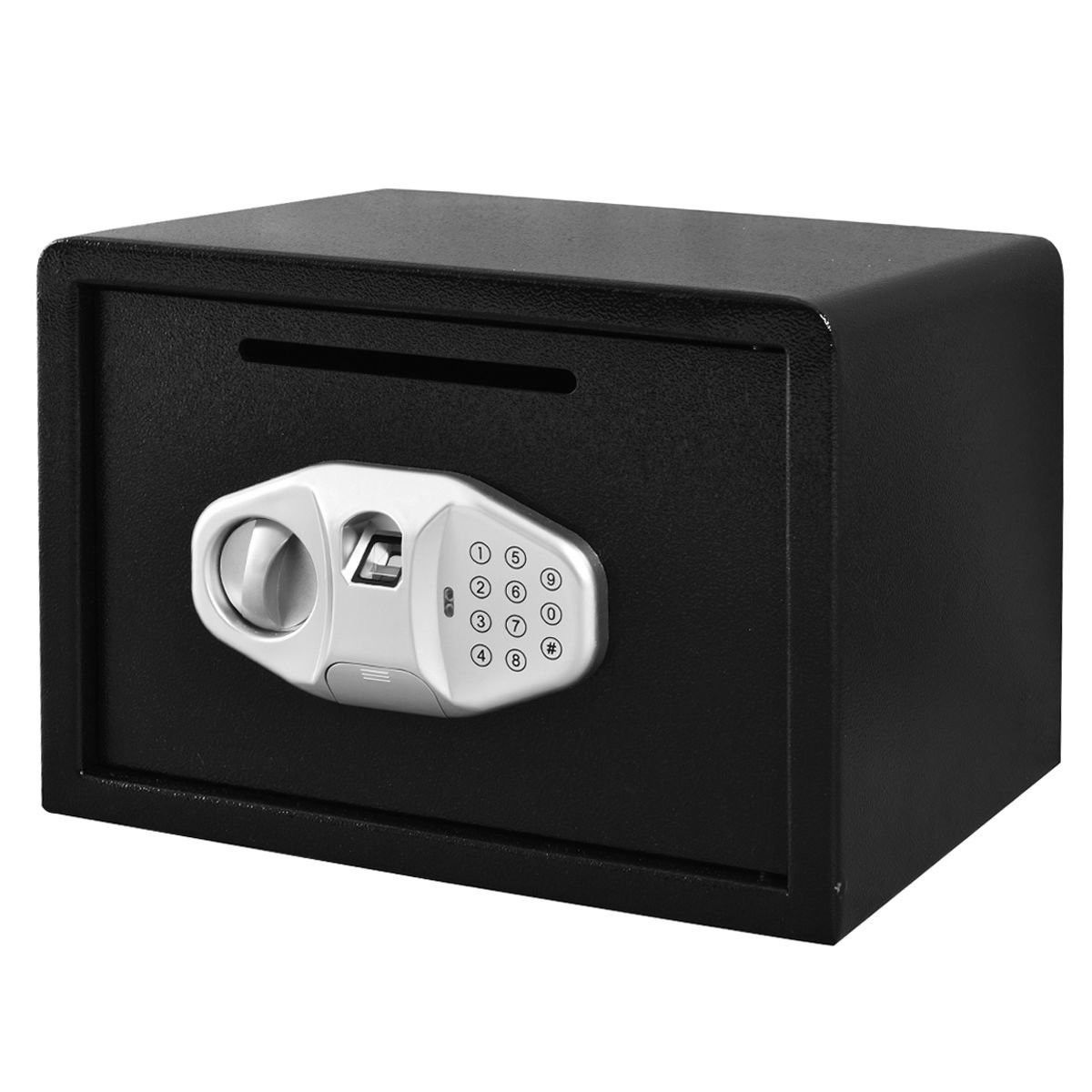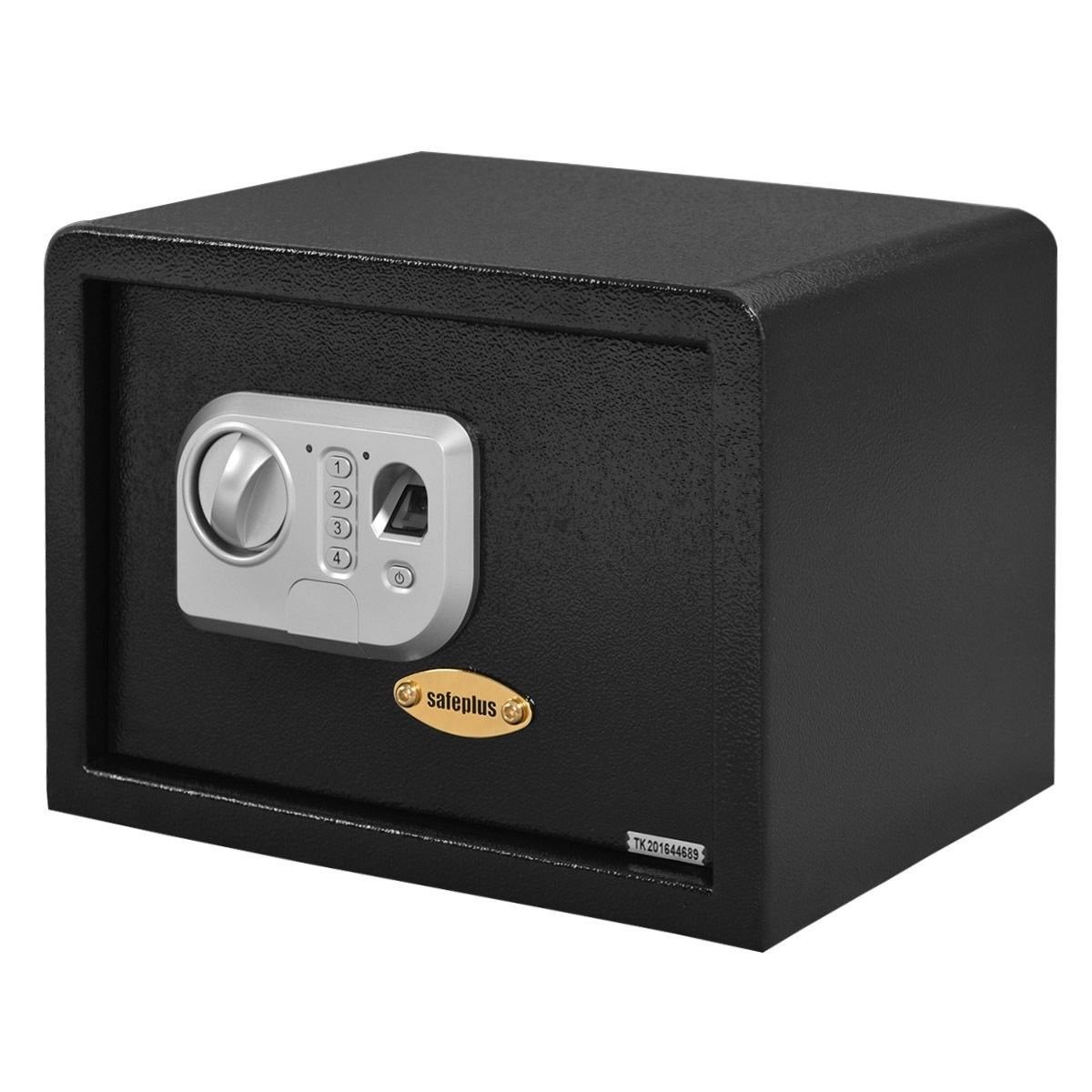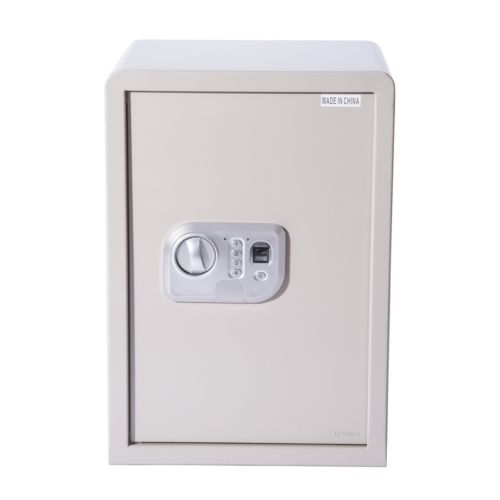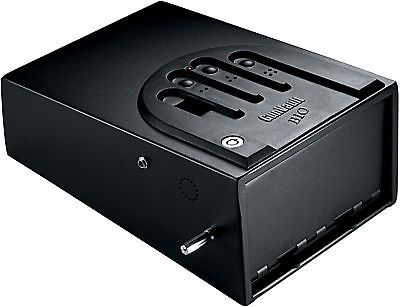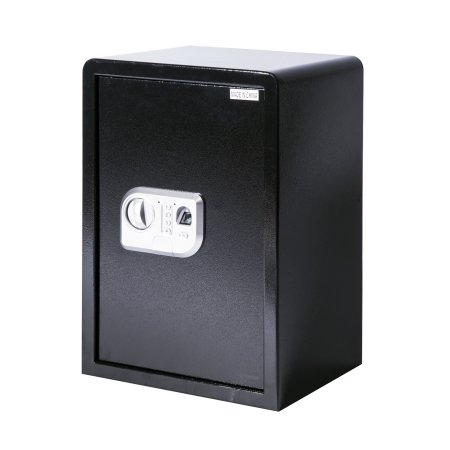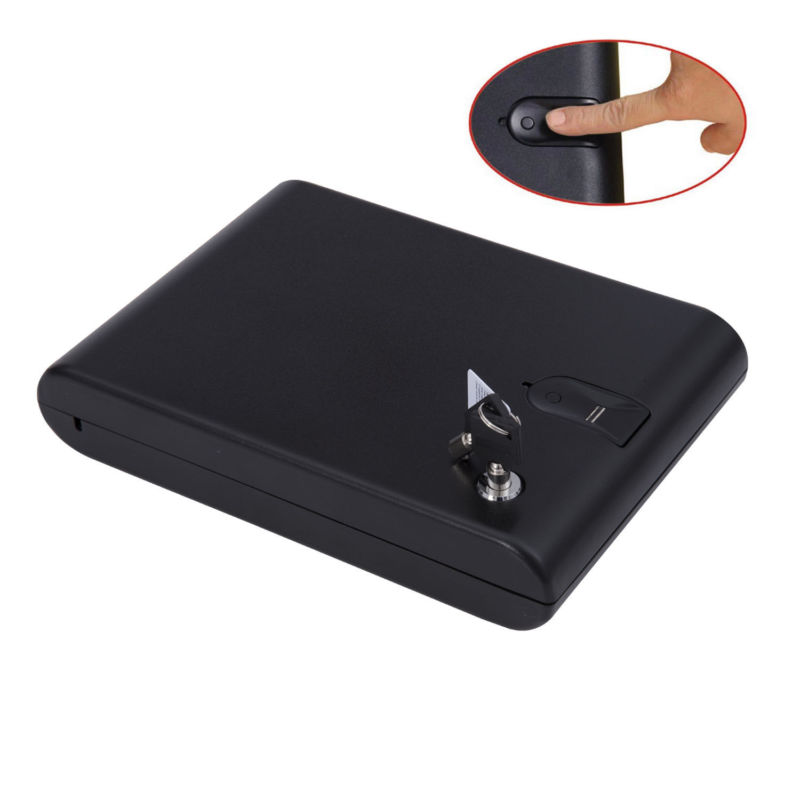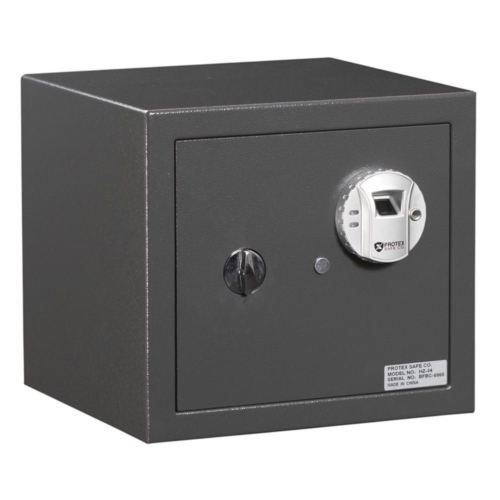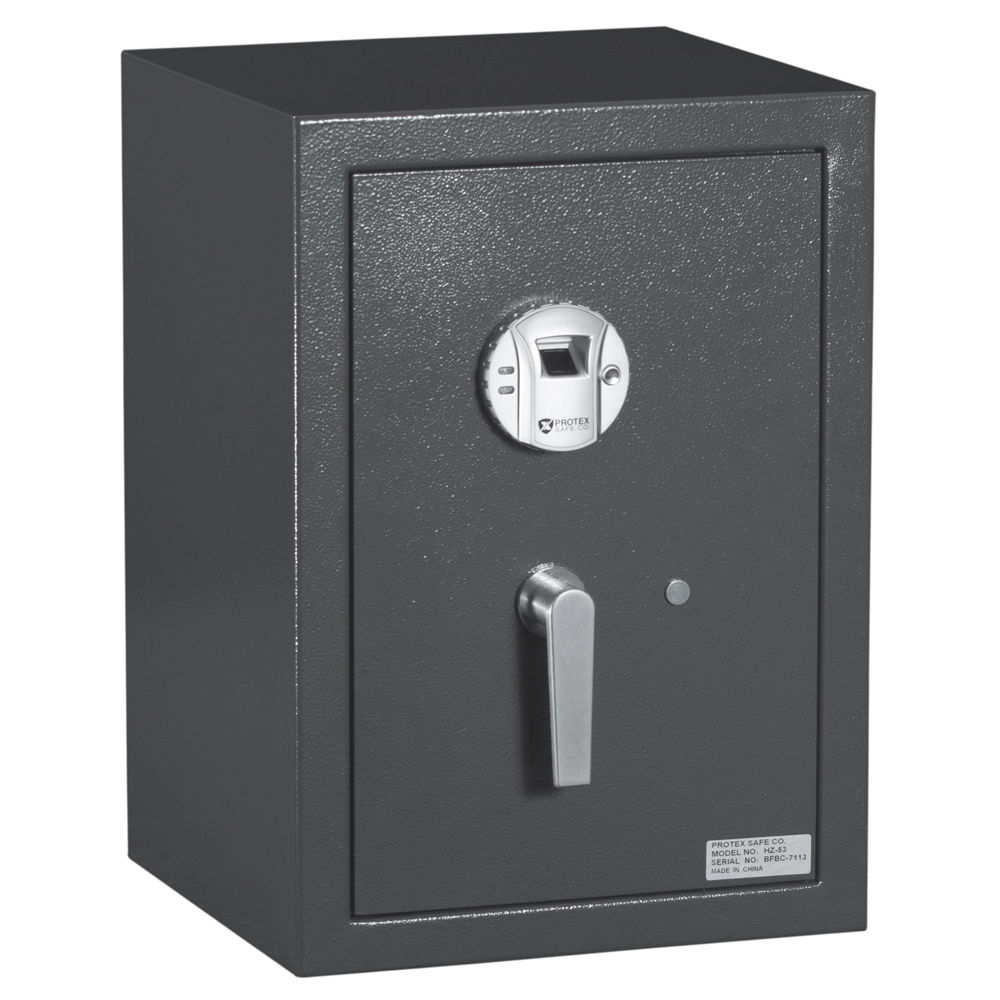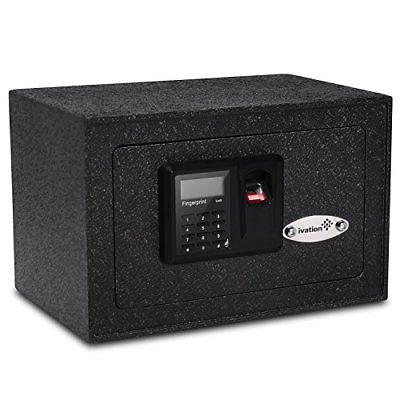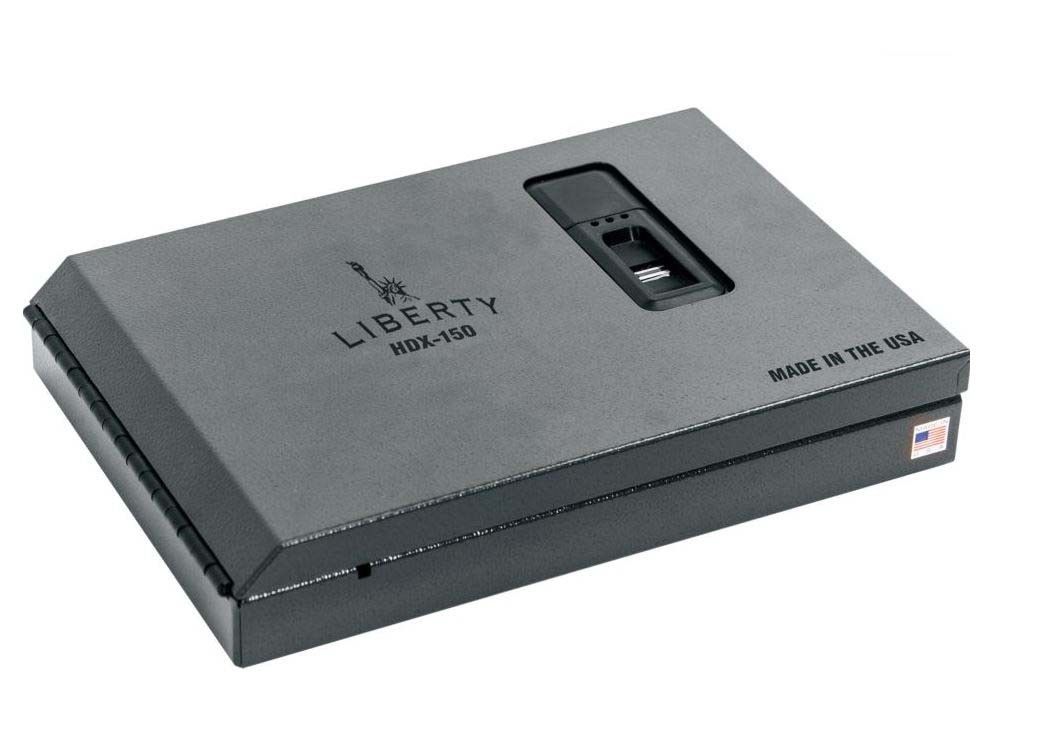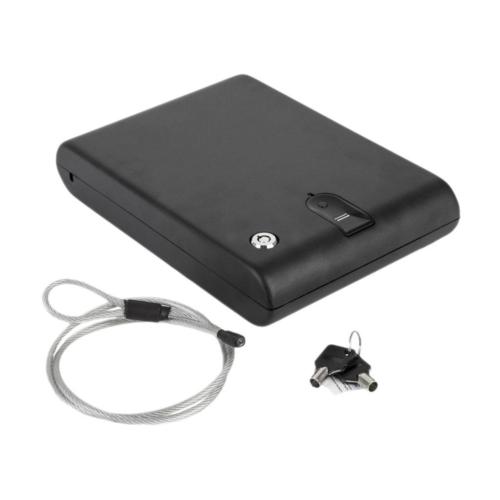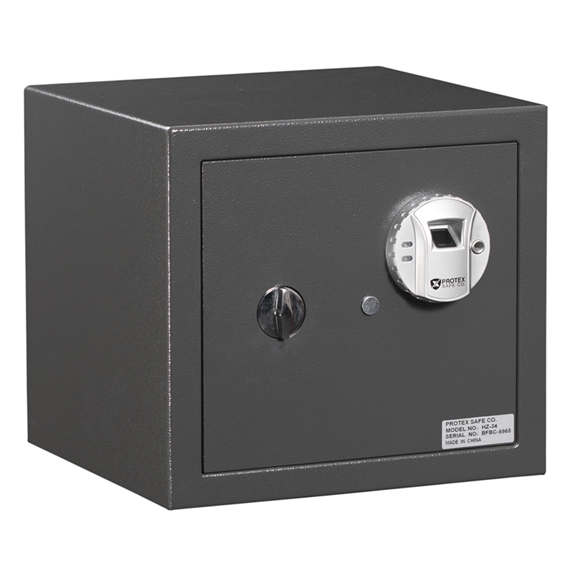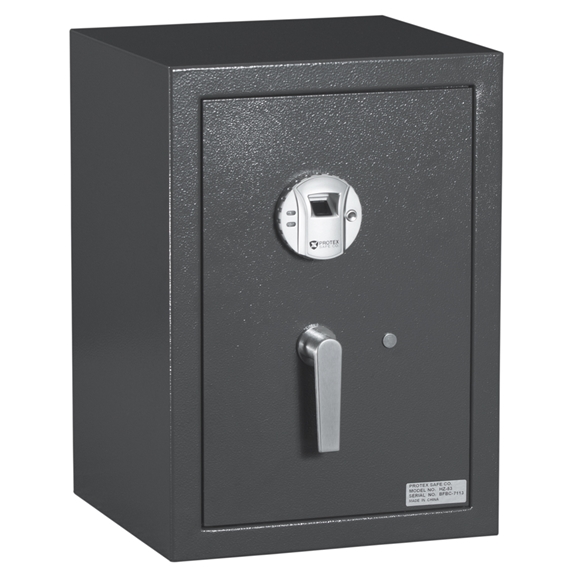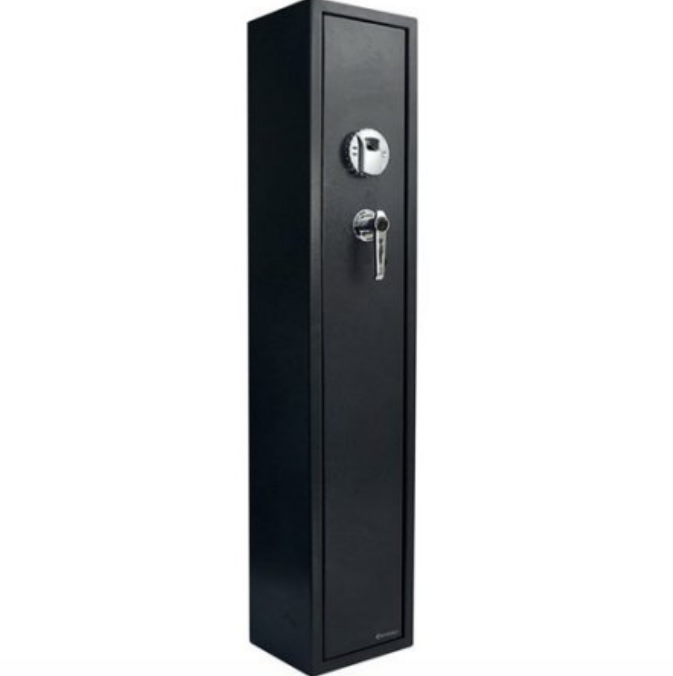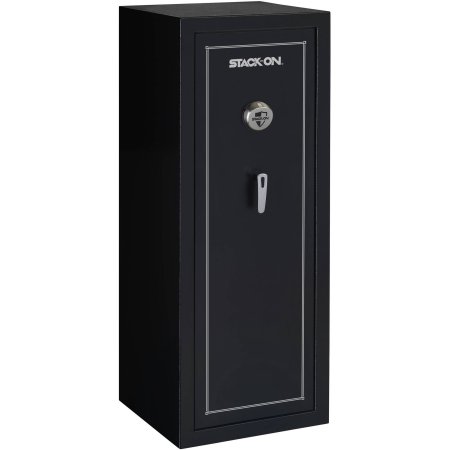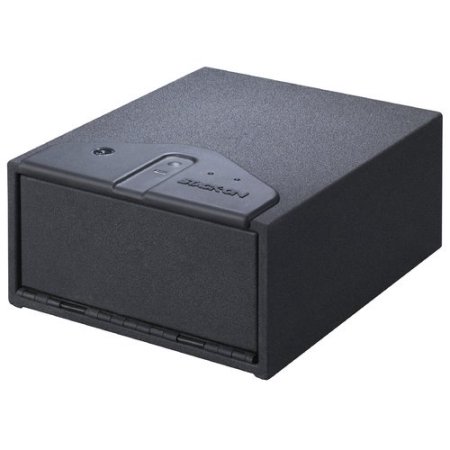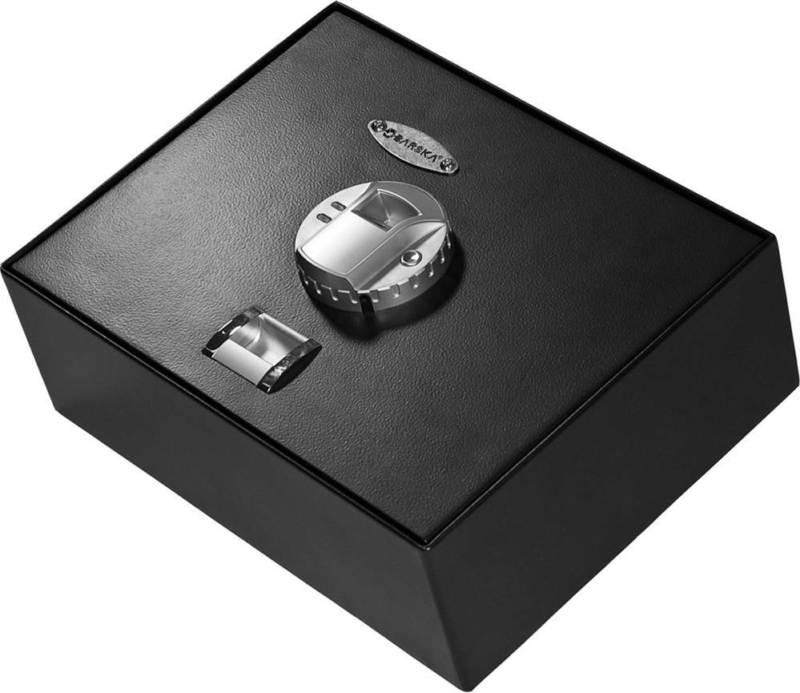Biometrics has become a promising authentication technology and has already found application in many high-tech security areas. In this area, there are various implementations of biometrics. This brief review examines the use of biometrics in public institutions, several organizations and daily life. Access control systems for fingerprints are nothing more than systems that use this or that biometric characteristic of a person to open a lock. The market presents various types of biometric access control systems using fingerprints, retinal scan, manual geometry, and other factors. Most often, access control systems use a biometric feature, such as fingerprints.
Fingerprint access control – the principle of work
Any biometric access control system includes an access control device – a reading reader or scanner. This device, which reads the original data in the form of a fingerprint or other information obtained as a result of scanning the retina, and more. Then this information is analyzed and compared with the personal information of the person recorded earlier. If the data is the same, the person is authenticated. If the authenticated user has permission to be in this room during this period or permission to use the safe, the device gives a particular signal and opens the electronic lock. The best solution for the secure user to open the gun safe is an access control system that uses fingerprint identification. When using biometric door locks, the key is the fingerprints of a person. The locking mechanisms opened by the conventional key are replaced, on the fingerprint sensor, which can determine if there is permission to enter the person who is trying to open the door.
Blocking fingerprints eliminate the unpleasant consequences of losing or passing keys to third parties
Biometric locks allow you not to worry about various problems with keys: breakage, the appearance of corrosion, the erasure of critical material and much more. Fingerprint safes solve a lot of problems for the family related to the need to make spare keys, and they will have to worry about losing keys for children or for intruders using fake keys. Locks with fingerprint identification are very easy to install.
Each lock is equipped with a biometric scanner that reads fingerprints
Those people whose fingerprints have been written down can at any time freely access the weapons safes. Fingerprints can be quickly written and deleted, and in case of sharing with someone, you can quickly add new prints and delete unnecessary ones. Biometric safes are an excellent example of how biometric technologies can improve the quality of our lives and ensure the safety of our family.
Fingerprint gun safes are very easy to use
It is not required to memorize code combinations; it is impossible to forge keys. Biometric safes solve all these problems, as all that is necessary is to touch the lock with a pillow of your finger. Fingerprint safes with fingerprint identification are becoming increasingly popular to ensure the safety of personal property at home and in the office. There are many different types of biometric safes with various functions, depending on the needs of the user.
People buy fingerprint safes for storing weapons to prevent children from falling into it, and personal safes with fingerprint identification are used to store expensive items and jewelry. More durable and large safes for storing property and valuables are used in offices. Thus, biometric safes provide a convenient and straightforward solution to the problems of the safe storage of personal belongings, weapons or business documents for a wide range of potential users.




